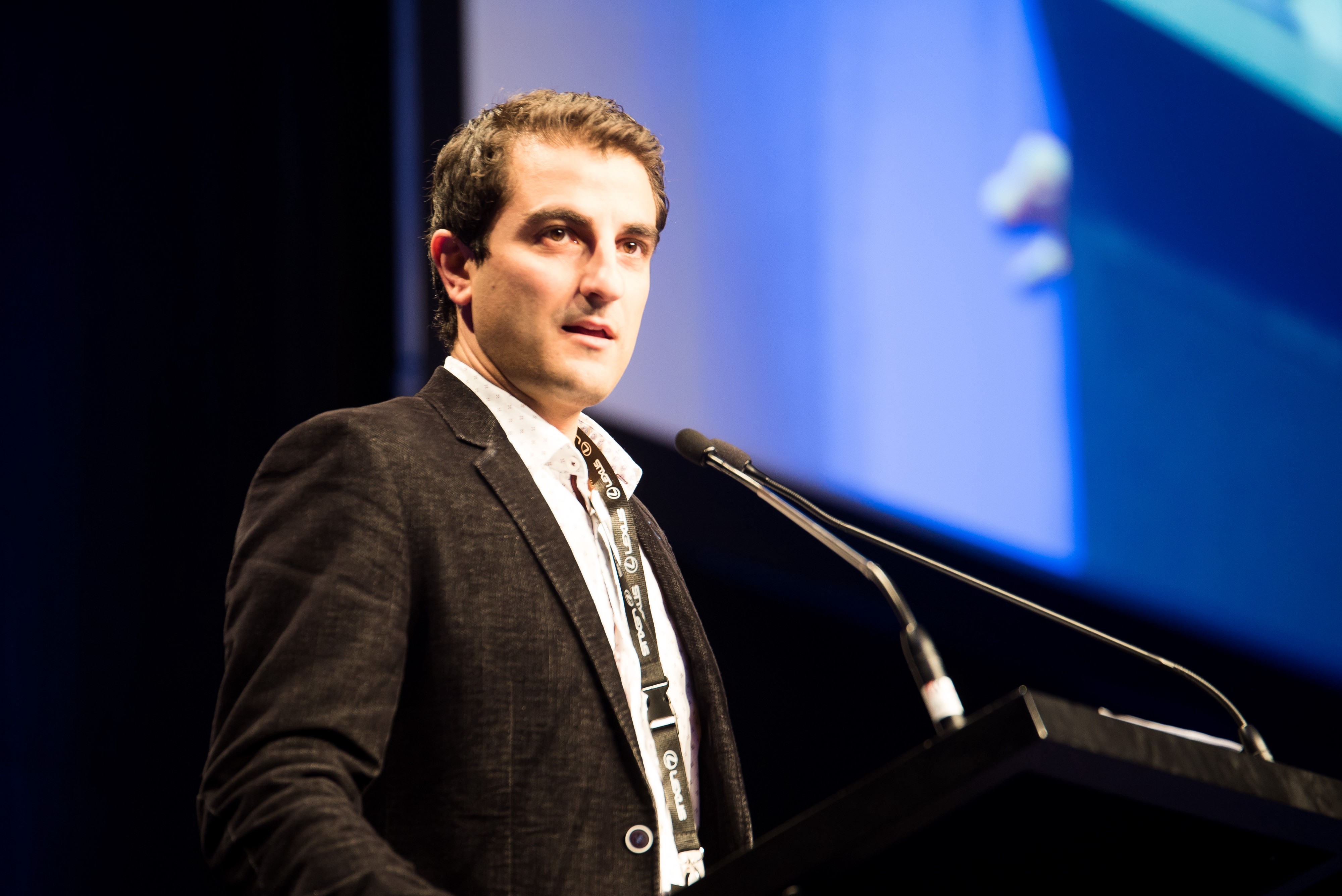"Who's on the board?" A question I hear at least as often as I see a new startup.
Over the past 3 years I have been fortunate to see five boards working in practice, one as member of the management team and the rest as an observer. Alongside that, every entrepreneur we invest in talks about their board: there is good, there is bad, and every one has some ugly.
I wanted to share some observations on boards that I've formed in the hope of helping entrepreneurs and directors better select each other, work together, and create value.
Expectations ≠ Reality
"I’m unhappy with my board" - Every Founder, ever.
I believe there are two elements to this dynamic of founder/board relationships:
-
Boards, and their members, are put up on pedestals where success or failure is attributed directly to them. It is a flaw of our community to overvalue boards, neglecting teams, timing, markets, product and everything else that goes into a startup's success. This can lead to entrepreneurs, in their first board environment, underwhelmed that they aren't the superheroes they're made out to be... They're human, without infinite answers, connections or time.
-
Boards, by design, are a step removed from the day-to-day and, in part, are there to hold a CEO and her team to account. This means every CEO will spend as much time educating her board as she will receiving guidance, connections and value from them. It will feel repetitive and at times uncomfortably challenging, but it is not only worth it, it's vital. Why? It's hard to step back from within a business and see beyond the immediate challenges, and it's equally easy for "advisors" to have opinions without responsibility for their outcomes. Boards are in the unique position to balance these and provide unique value.
So they're neither superheroes nor a waste of time?
The board’s role is to help guide major decisions (one-way doors), to develop the CEO and her executive team, ensure the survival of the business (read: raise capital!), and hold management to account. In doing so, they should look beyond day-to-day operations while retaining a focus on execution (a delicate balance!). Good board members recognise their own limitations in experience or when they become emotionally attached to a decision, rather than the outcome.
In doing so, there are a couple of considerations for directors in how they treat board meetings:
-
Do not treat board meetings as a CEO performance review: If a board acts as if they're only there to challenge and hold management to account, they're not aligned to creating value. If there is a genuine performance issue, that is important to address whenever it arises and most likely on a 1:1 basis between Chair & CEO. Waiting for a board meeting, the precious few hours you're all together to share expertise and address strategic issues, is irresponsible in both letting issues linger until its convenient and wasting the time of the board.
-
Compliance & governance are necessary evils: We all know horror stories about the high-flying startups that fail from lack of governance, control and risk-management. Sure, those stories are memorable, but what about the other startups that never take-off from fear and conservatism? I'd argue they vastly outnumber the former. I'm not a governance expert, nor do I hold the liabilities of a director, but I believe a board should view compliance and "good governance" as a necessary evil, but not the object or primary goal of the board.
Perhaps a better frame from which to approach each decision or action is: "Will this make the boat go faster?"
Contentious decisions and debate
Many assume that a high-functioning board is always high-functioning. But they're human, and I'm yet to see any board demonstrate such consistency. Most fluctuate from meeting to meeting, or topic to topic. It also isn't as simple as "having great board members" and the rest working itself out.
The boards I rank as high-functioning avoid starting any conversation with “what do you recommend, and why?”
It seems obvious when stated, but opening conversations from this perspective aligns towards quick decisions, often at the expense of the best outcome. When discussion begins with a conclusion, board members can immediately, consciously or not, anchor to their position, work to justify it, and dismiss other perspectives.
The boards and CEOs I most respect frame discussion as considering every input that could influence achieving their desired outcome, discuss their perspectives on each input, and ultimately conclude the best path towards success. When done well, this sees each member collaboratively contributing expertise where they can and admitting where they can't.
Back to the original question: Who's on the board?
Founders, and investors, envision perfect a board member as someone who has founded a similar business, overcome challenges and achieved success in a similar market, with similar solutions, customers and pricing, against similar competitors and with similar funding. These features tell nothing of the person's culture, personality or approach to reasoning - only to the content of their experience.
The practical and tangible advice of these (rare) board members with very specific experience is hard to pass up. Where a startup is inundated with challenges, few bits of advice are as easily validated, quick to implement, and measurable as "I encountered x problem too, and solved it by doing y". The risk is for boards or founders to assume that because an individual has specific, relevant advice, that they're capable of tackling new and unfamiliar challenges.
Every startup, at some point, faces new and unfamiliar challenges.
It is because of this that I believe it is crucial that when building a board to balance that natural desire for domain expertise with their approach to decision making, diversity (across a spectrum of measures!), reasoning, culture and style fit, and capacity to get shit done.
The last is not to be ignored, because "it's a contact sport". A CEO and her startup generally don’t need more people with opinions, they need people who can take the weight of the world off their shoulders. Board members must be willing to contribute to operational projects, help raise capital, mentor team members, and make introductions to their network.
Teams, not boards, execute for success
In a startup, this means the role of a director extends to supporting the development, culture and well-being of your CEO and her team.
"If the company outgrows the founder, well that is probably the fault of the board." - Michael Carden
I'll add that founder/CEO burn-out, depression and other mental or physical health issues, are probably the fault of the board too. The role of a founder/CEO is lonely and almost impossible to empathise. It is beyond doubt in my eyes that a board should be their CEO's most ardent supporters and closest allies - investing their time and networks in ensuring her growth and well-being.
This responsibility often extends to her team. Those early people to join a startup (without the same upside or passion), do so to to be part of something meaningful and to grow quickly. Engaging with the board, and being valued as a key part of a startup's journey, eases the burden on the CEO's shoulders, fosters motivation and engagement, and helps attract and retain the best people.
With all of this though, even the best board is only half of the picture.
Dear CEO's: You are responsible for getting the most from your board.
As a CEO, it is up to you to enable, equip and guide your board members to be successful, just like an employee. Board papers aren't a work report to announce "Look what I did". They're an opportunity to educate your board, to give them the information and tools to genuinely understand and assess the challenges you face, and then to give informed guidance and to create value in your business.
Board papers should prioritise quality, not quantity, of information. This is not an excuse to obscure or divert attention from failures, because that only erodes trust and confidence, but also not to use volume of information to justify yourself (particularly in the absence of results).
A CEO's responsibility extends beyond preparation to directing the meeting itself. In a startup, a CEO should not fall back on their chairperson to drive board meetings, because even the best lack the insight and information to define success in the fast-changing environment of a startup. Once a company matures beyond a "startup", its chairperson will own more of this role (and here's a great guide to that), but until then CEO's must define the metrics that matter, provide context to make relevant contributions, and focus discussion on your challenges.
Ultimately, every board will find it's own rhythm but I hope these thoughts help entrepreneurs, investors, and board members craft higher functioning boards, be or attract high-quality directors, and get more value from board meetings.
- Jack McQuire
Icehouse Ventures





